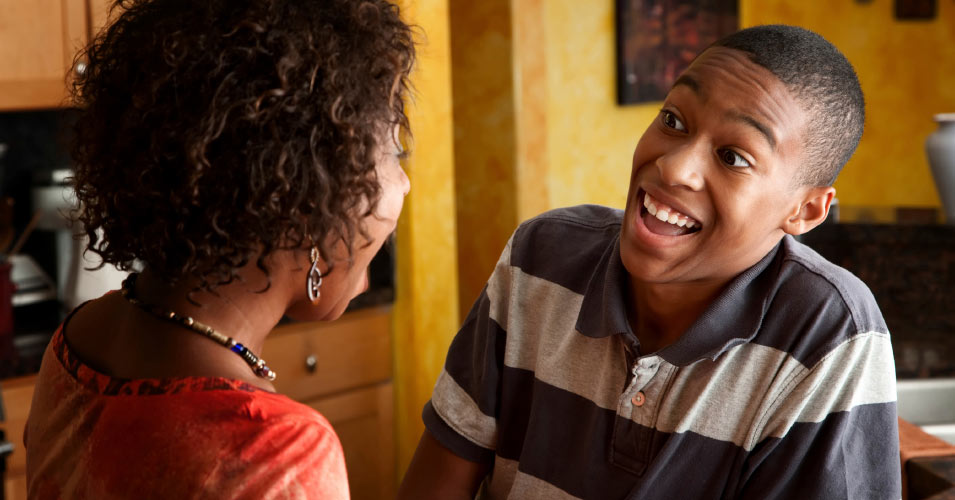Stepfamilies are a common family structure yet information about what is typical and expected at different stages can be difficult to find. We often work with stepfamilies and find this lack of information contributes to feelings of confusion and discouragement for all family members.
Stepfamilies are fundamentally different from first-time families. One difference is a parent-child relationship predates the married couple’s relationship. The kids were there “first.” This dynamic affects all relationships in a stepfamily.
Another difference is adults and children with no prior relationship living in the same household. The thing that brings them together is the marriage. The stepparent-child relationship is broadened as they live together and get to know each other better. Getting to know someone while living together can be difficult.
Patricia Papernow, author of Surviving and Thriving in Stepfamily Relationships, has studied and published on stepfamily stages. Her work helps establish norms and gives families realistic expectations and a frame of reference about what is occurring in their stepfamily.
Stages of a stepfamily are fluid and continuous. Families move back and forth between “stages” as life events occur. The birth of a baby to the remarried couple, a change in custody, visitation schedules or a move can cause a stepfamily to return to a previous stage.
The first stage of a new stepfamily is the fantasy stage. The couple has fallen in love and decided to spend their lives together. They feel joyful and excited about how wonderful life together will be. Thoughts often include how the kids and stepparent are going to love each other, how the stepparent will be a great parent to the children and that everyone’s life (kids included) will be enhanced by the marriage. Ex-spouses will fade into the background. If the children are grown, the couple may believe it will be just the two of them. The fantasy stage is sometimes experienced by everyone, sometimes only by the adults. Children may not believe this new family structure is wonderful.
After the fantasy stage comes the immersion/reality stage. This is where the realities of stepfamily structure set in. Coming on the heels of the fantasy stage, it can be a shock. If unexpected, feelings of despair, fear and confusion might take root. Living together exposes differences not known before and in the reality stage it’s normal for family members to experience increased conflict. Parents may feel conflicting loyalties, caught in the middle between their new spouse and their children. Parenting differences come to light and conflict between the couple over expectations, rules and consequences for kids is common. As children establish a relationship with their stepparent, they often experience loyalty binds, feeling disloyal to their mother if they become closer to their stepmother. The influence of ex-spouses and extended family is felt within the household.
Next is the awareness stage, which includes clarity and acceptance. Letting go of the fantasy of “how things will be” and acknowledgement of the challenges lead to a clearer understanding and a more matter-of-fact approach. Many of the conflicts from the reality stage remain, but the emotional response from family members is more tempered. With less emotional tension in the house, kids may feel more comfortable voicing their needs and concerns, such as dissatisfaction with the visitation schedule or differences in rules between households. Realistic expectations of stepfamily life help families move more quickly through fantasy and reality/immersion into awareness.
During the middle stages of stepfamily life, relationships are more firmly established. In the mobilization stage, conflicts are more openly dealt with and can initially look like a setback. Increased conflict in this stage is due to family members feeling more comfortable and confident with each other. These conflicts can lead to needed and positive changes in the family. Families experience more satisfaction if they can keep the conflict short and effective.
The action stage is when things start to feel like they are coming together. Each member of the couple has a better understanding of what’s important to his or her partner, and shared experiences among family members become common ground. The stepfamily has established some new routines and traditions of its own. Stepparents and stepchildren begin to deal with each other more directly.
The later stages of a stepfamily are contact and resolution, marked by feelings of caring and stabilization. During the contact stage, relationships between children and stepparents often resolve and grow into earnest, loving relationships. The couple is aware of and respectful of each other’s needs and concerns. Conflict diminishes and arguments feel like they get “finished.”
By the resolution stage, stepparents feel they have found their place in their stepchildren’s lives and both sides often highly value the relationship. According to Patricia Papernow, a stepparent’s position as an “intimate outsider” makes him or her a valuable resource for children, and some children prefer to talk to a stepparent about certain subjects. Conflicts in the family are now viewed as a normal part of family life and are handled as such.
The amount of time it takes to move through the stages varies for each family. Families can get stuck in one stage, some for years, and movement through the stages is not always linear. A change in life circumstances can return a family to a previous stage.
Successful stepfamilies are able to bring a sense of respect, caring, humor, patience and acceptance to the household. Those families move into the later stages in five to seven years. Families with more challenges, or who get stuck in a stage, can take more time. Having realistic expectations for a stepfamily can ease anxieties and lead to more satisfying relationships for everyone.



